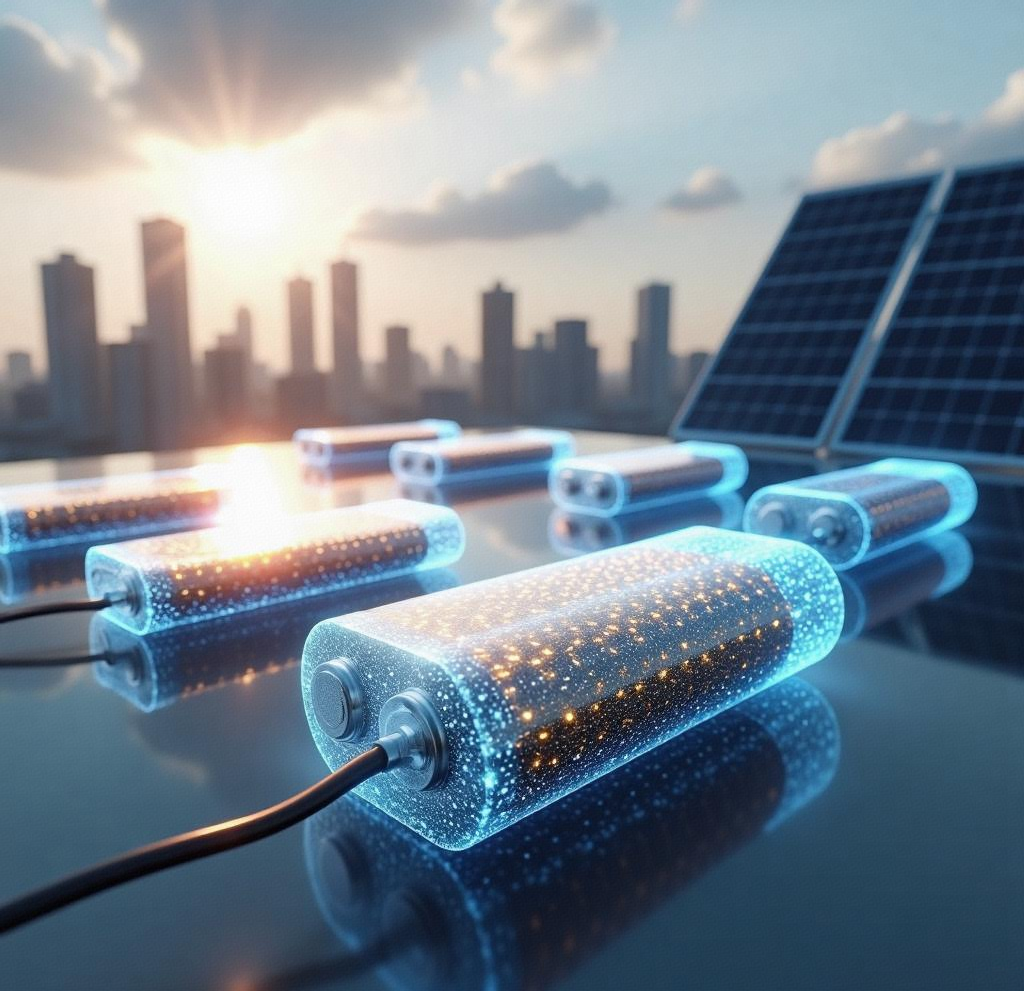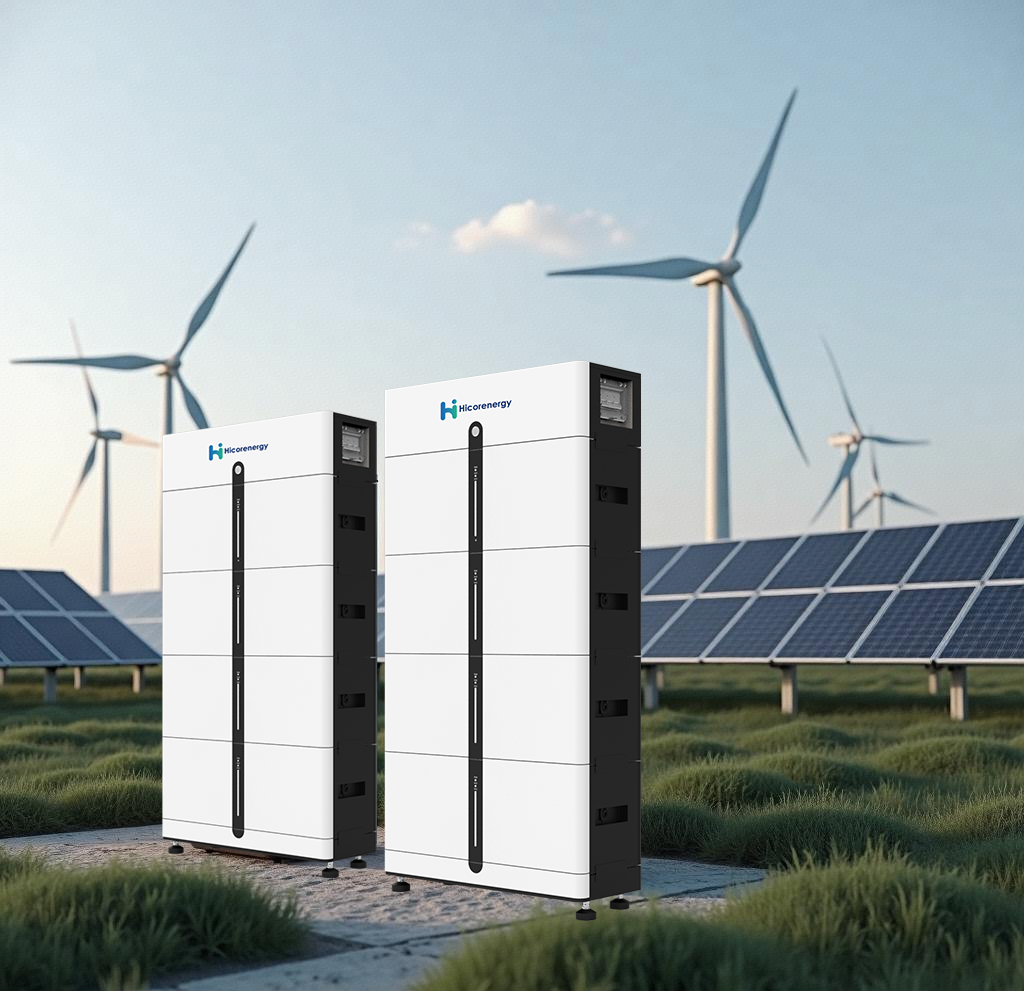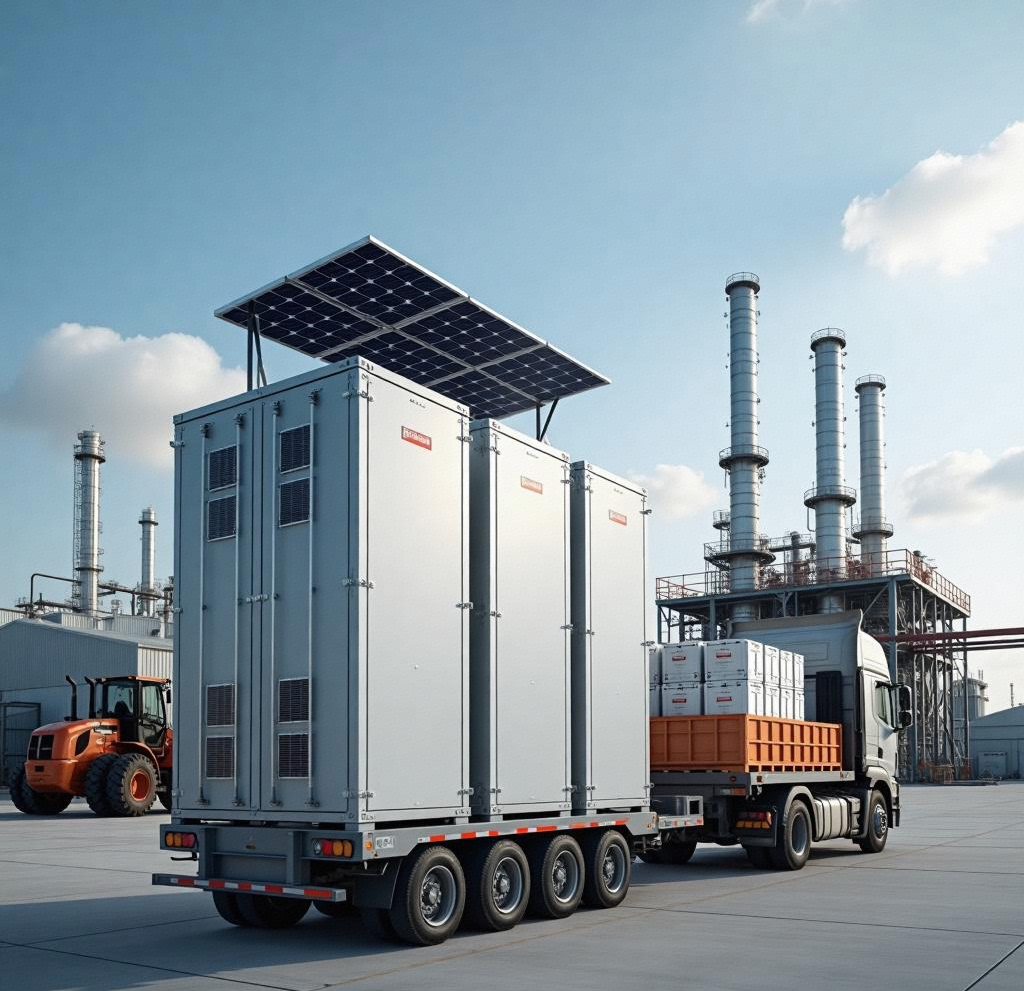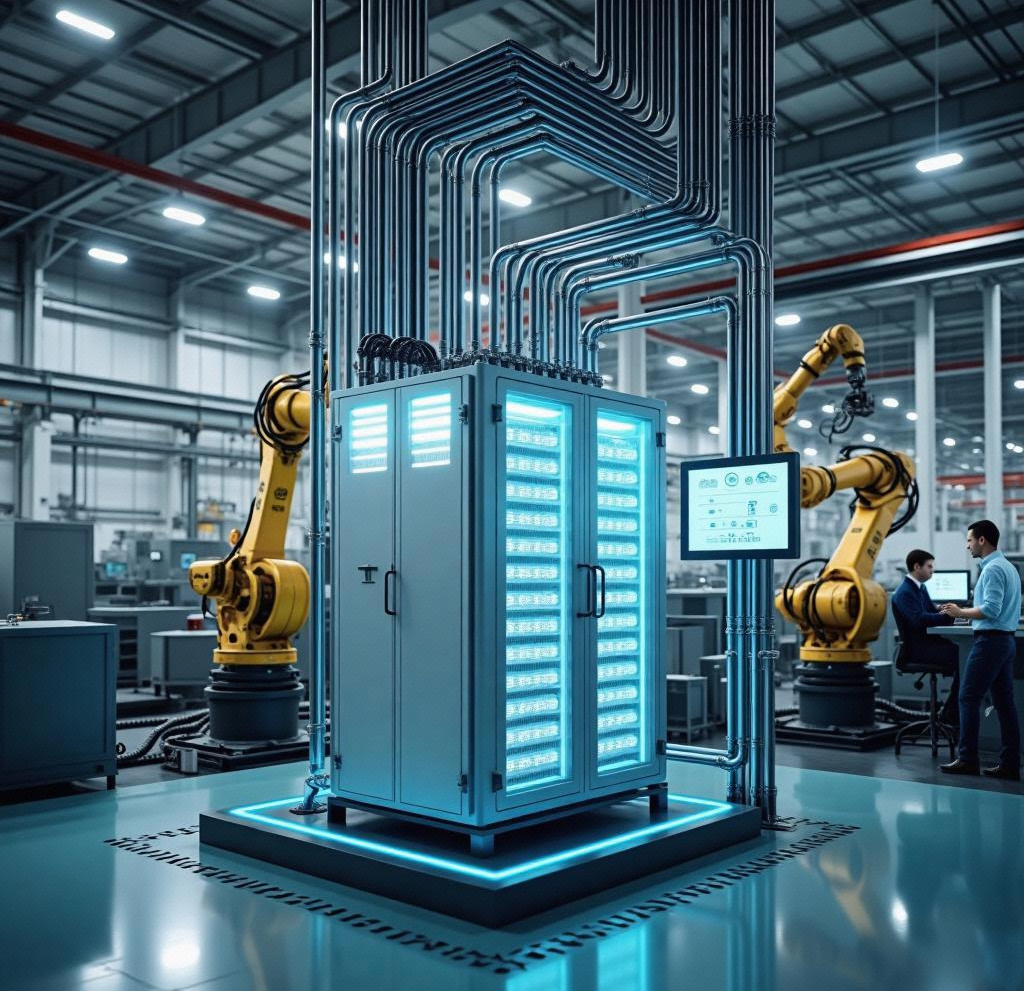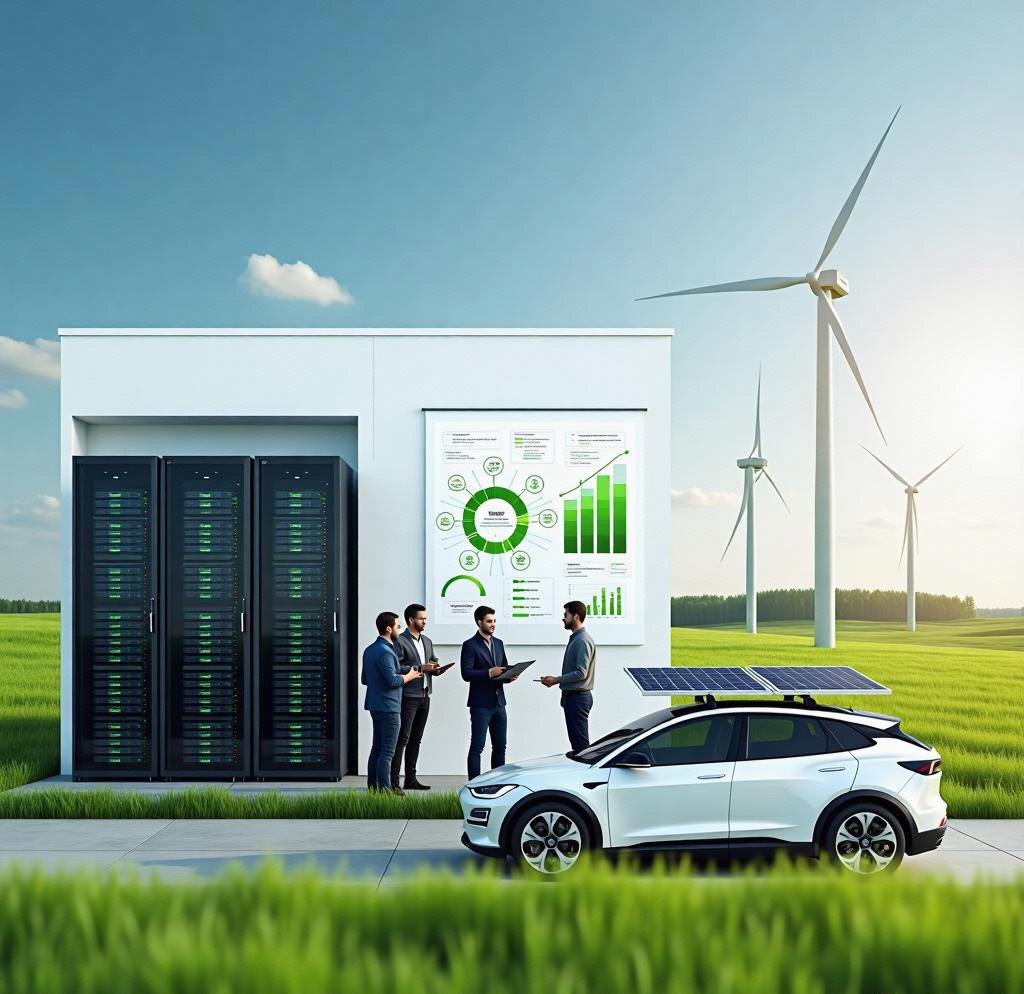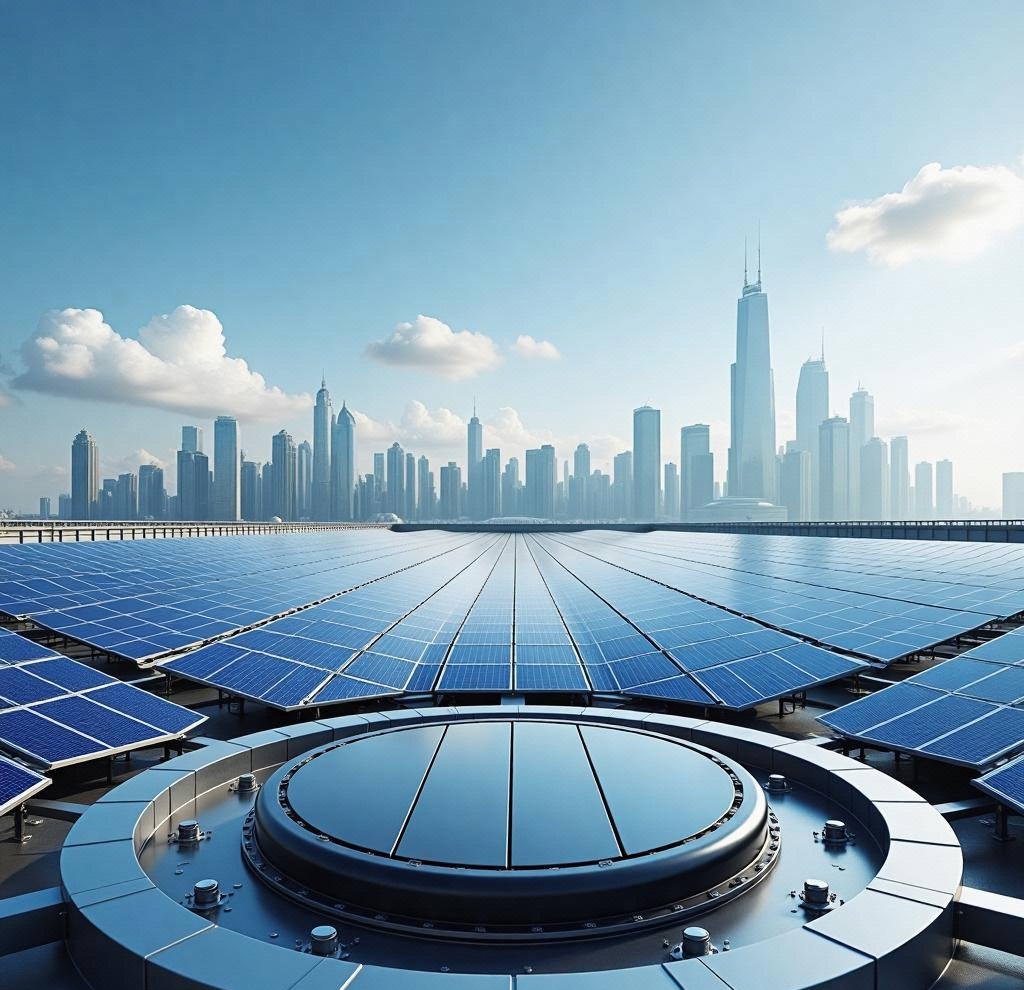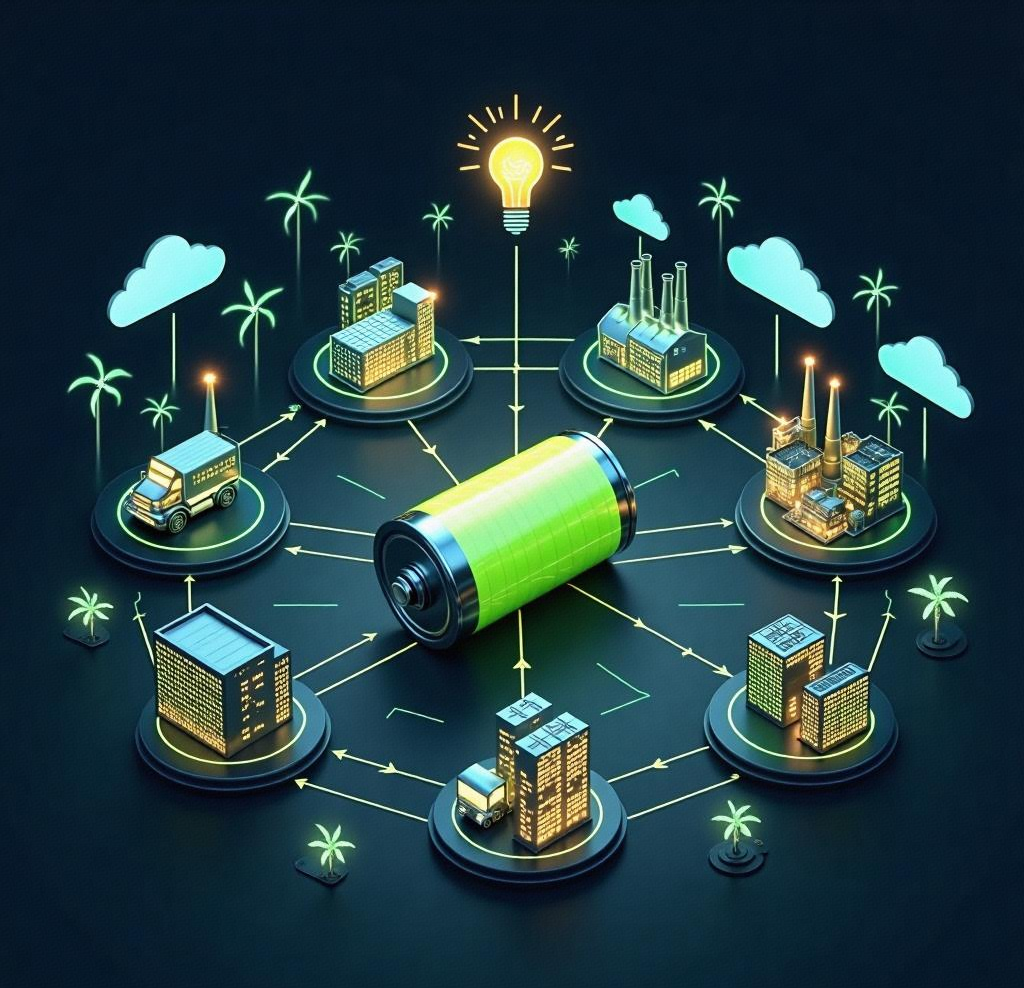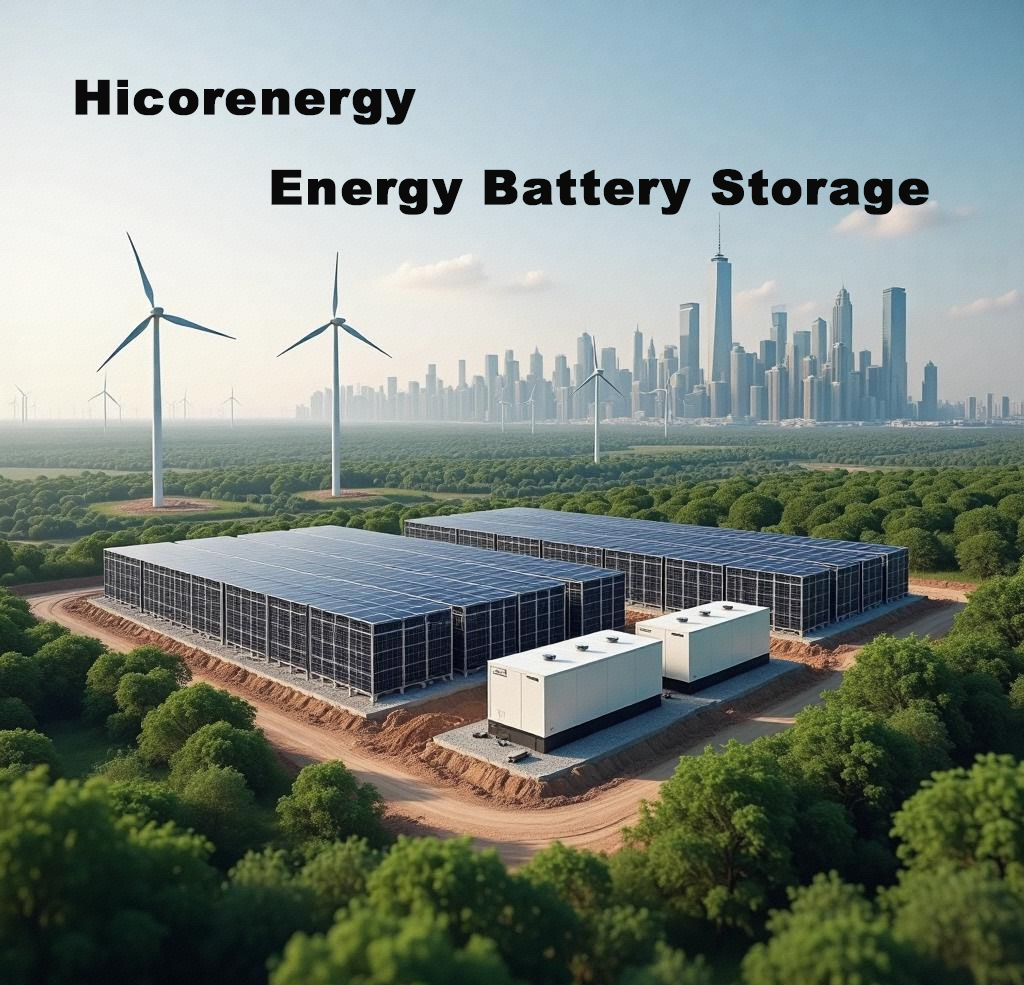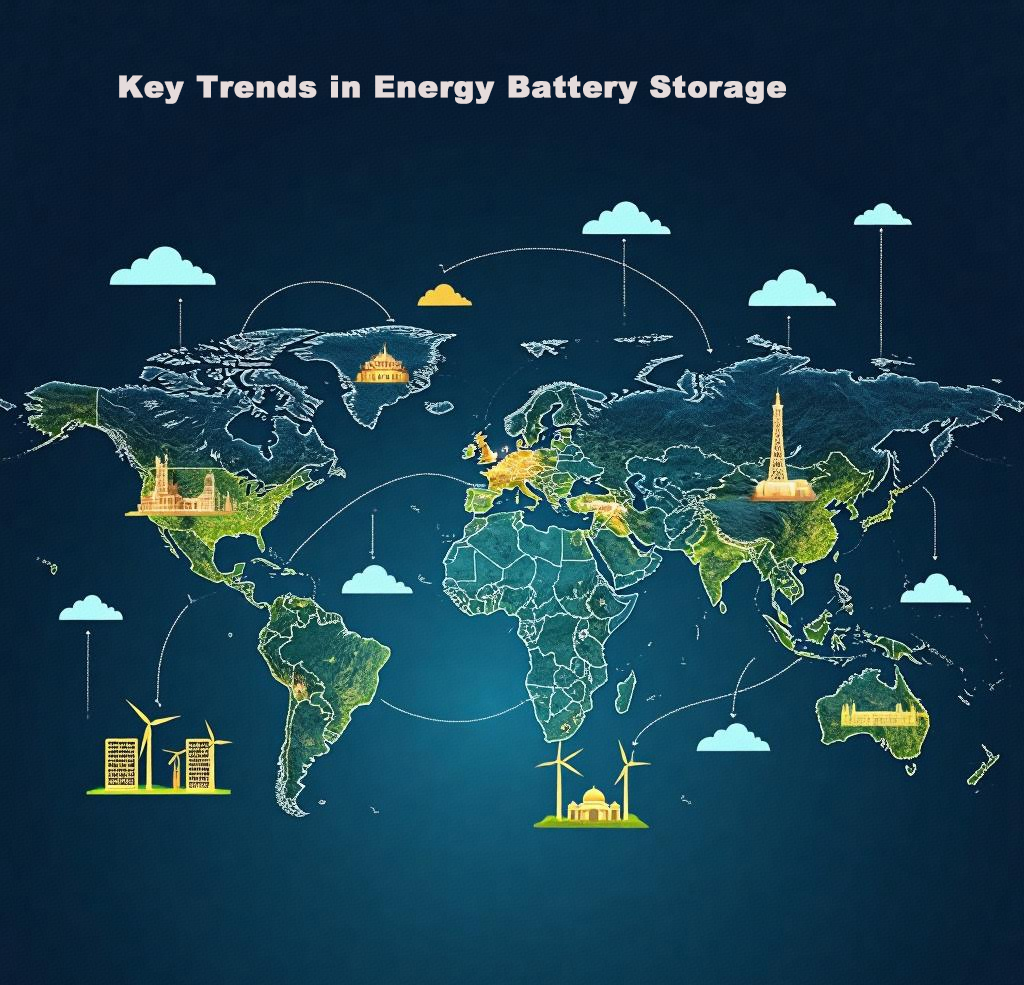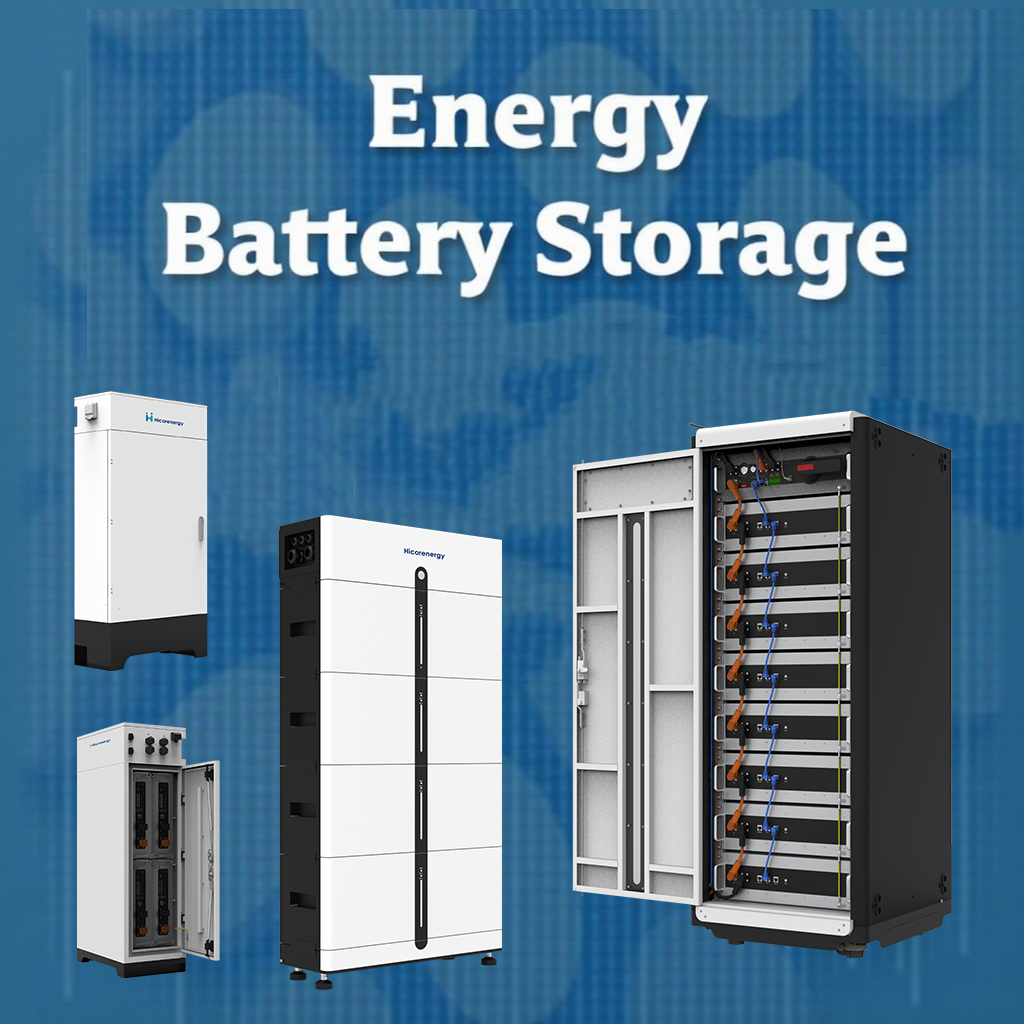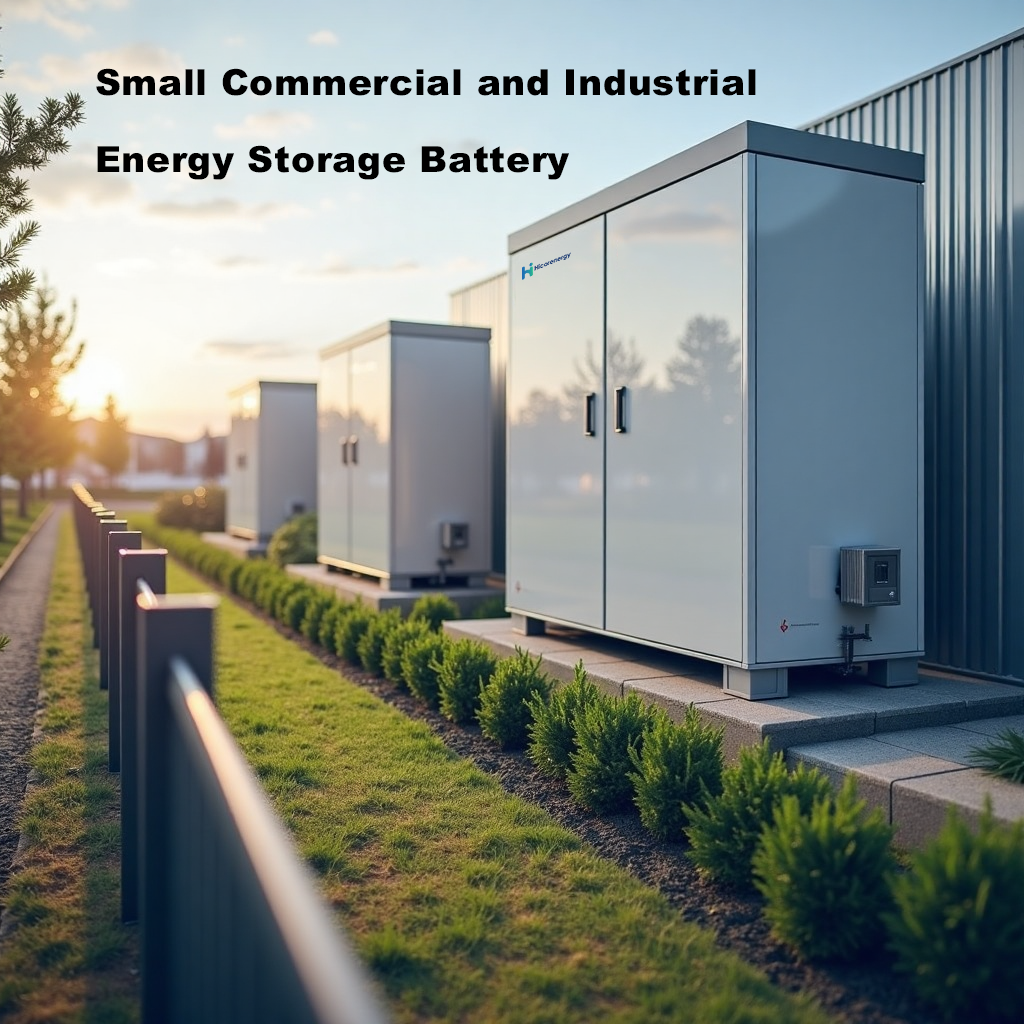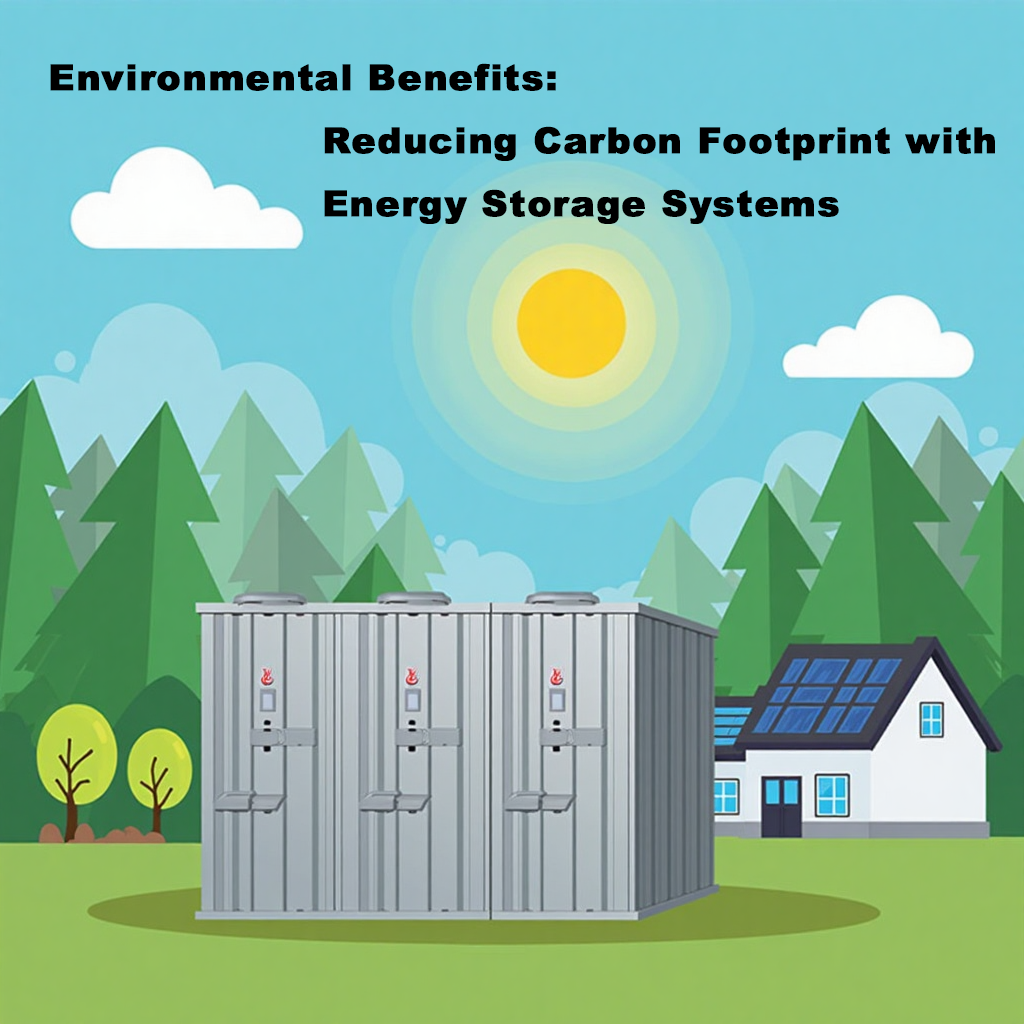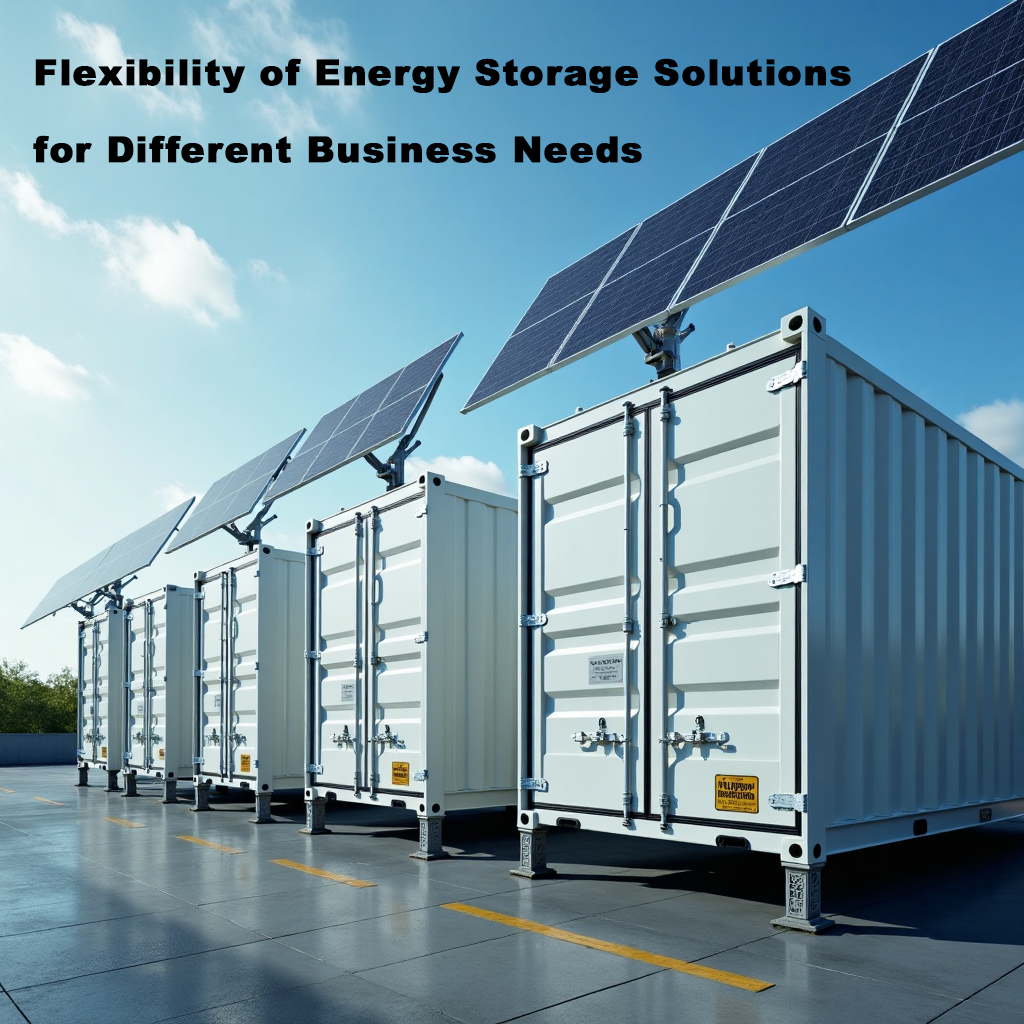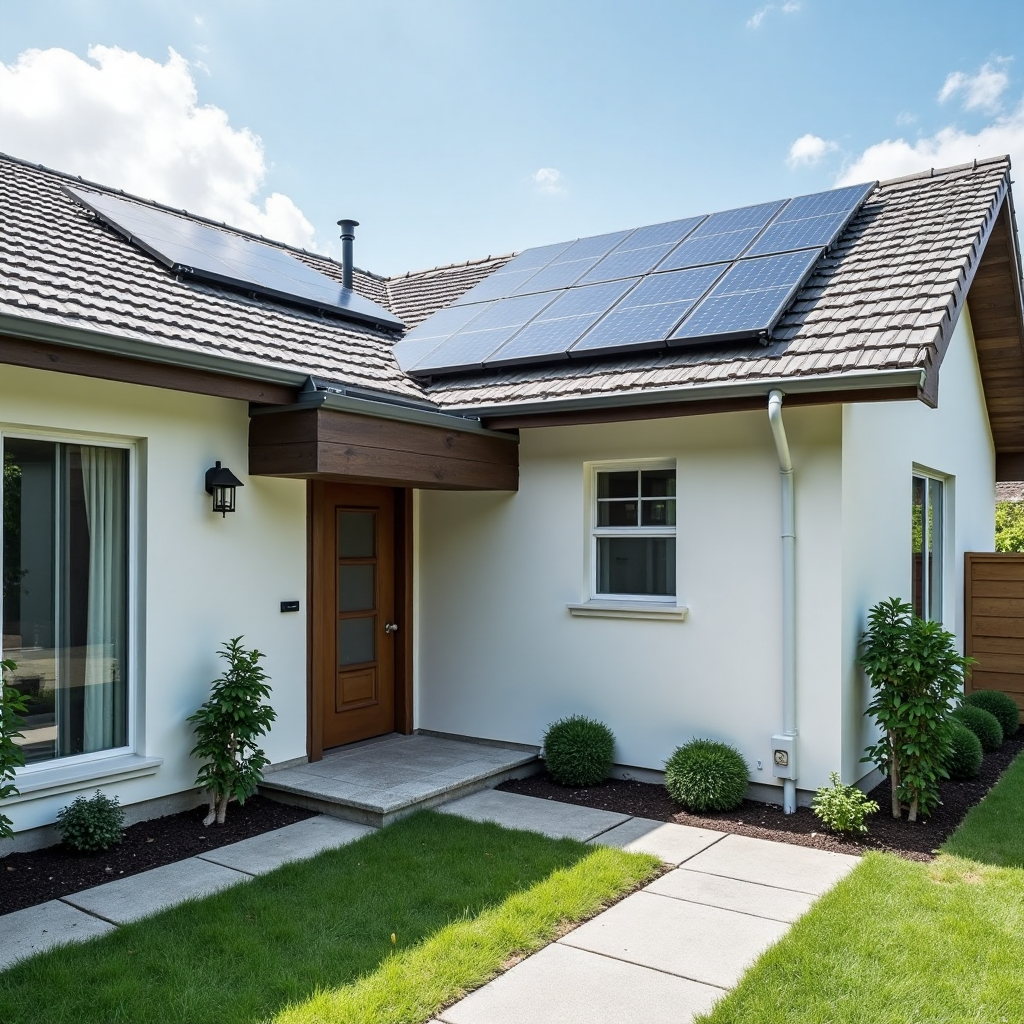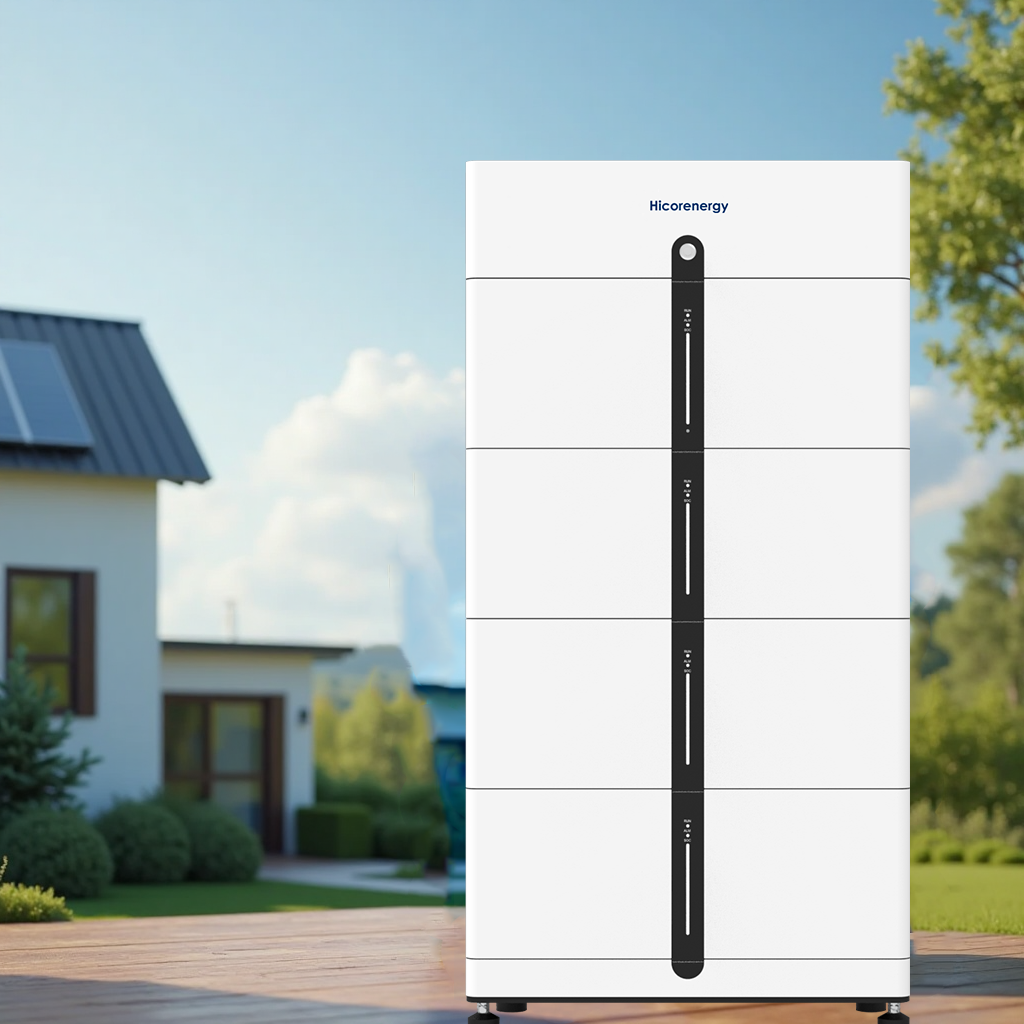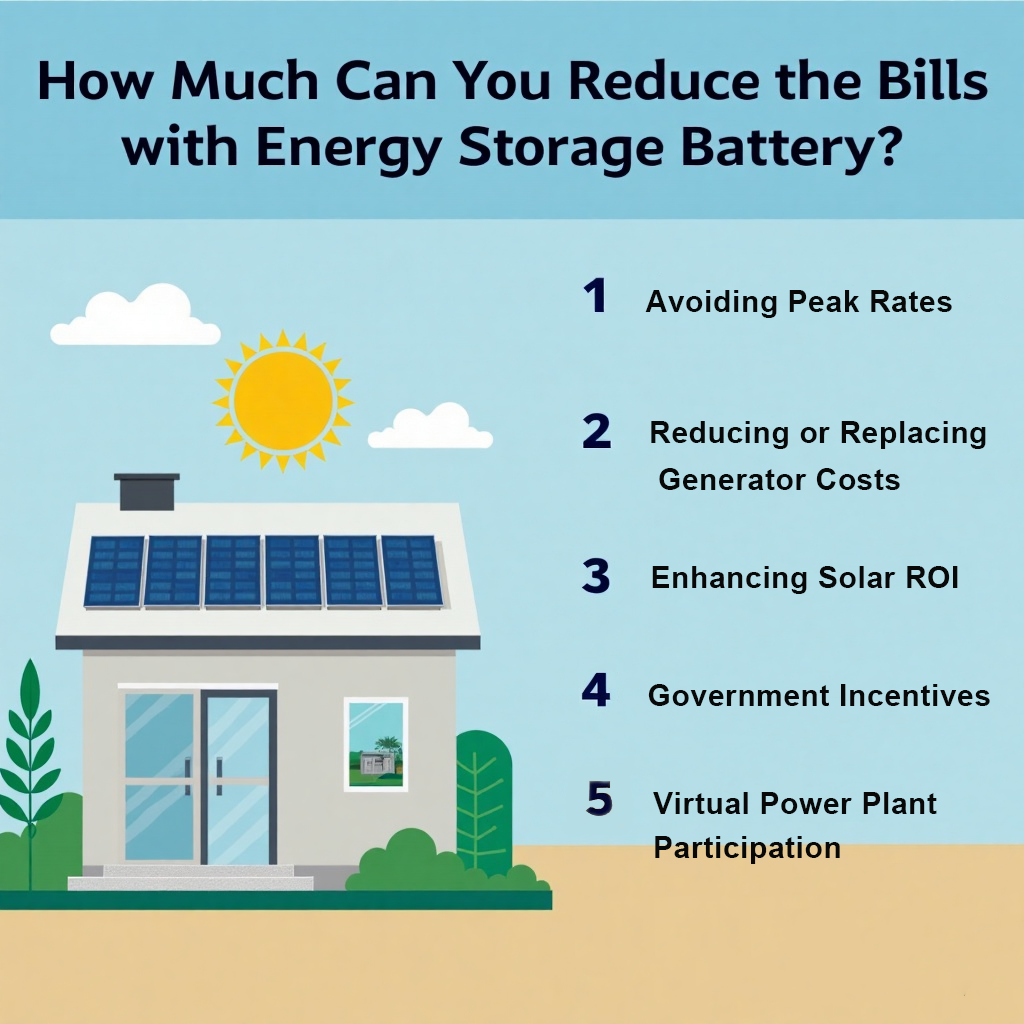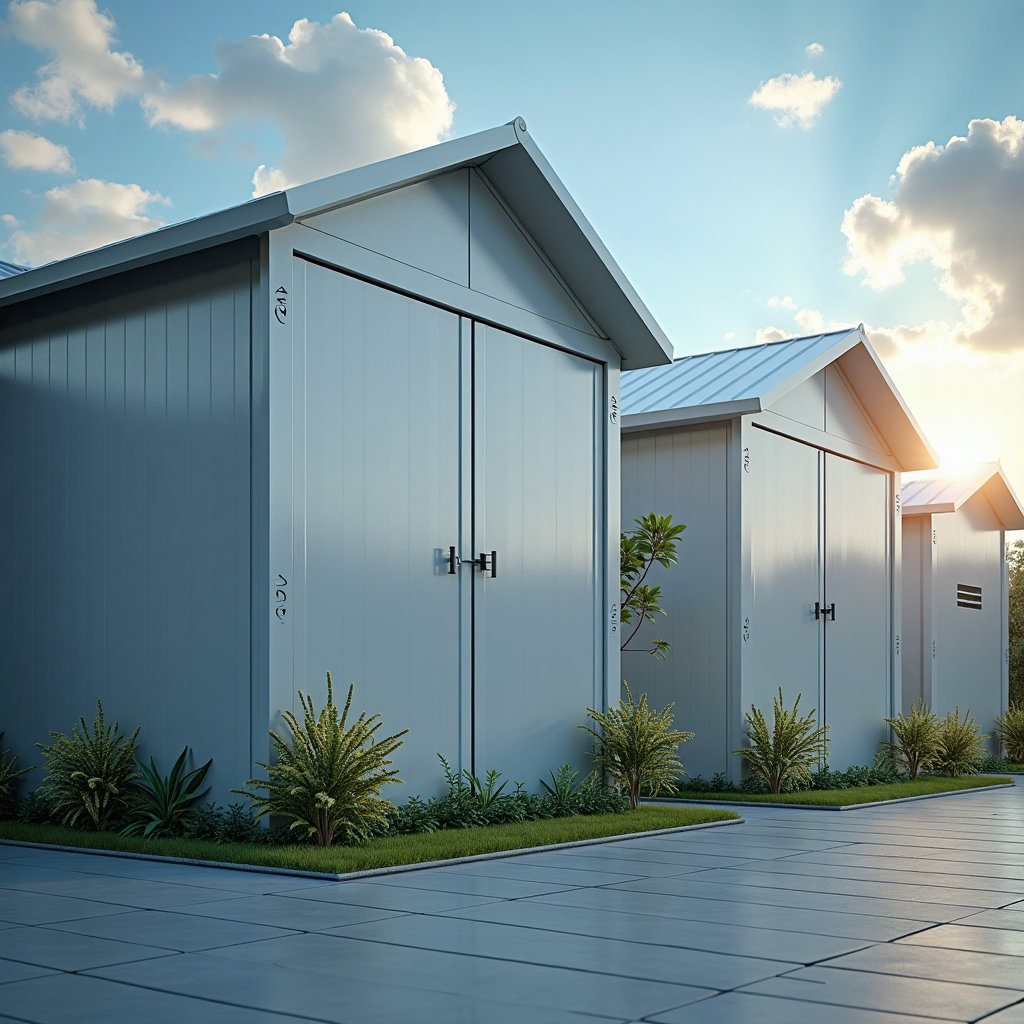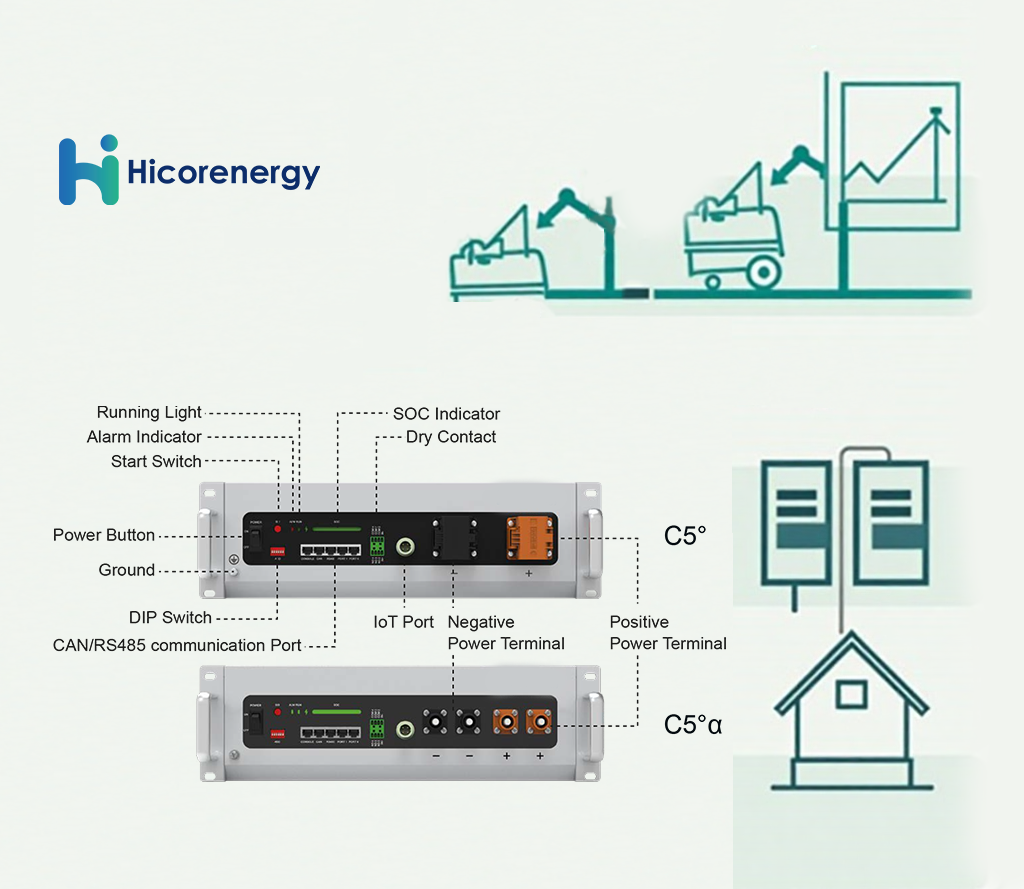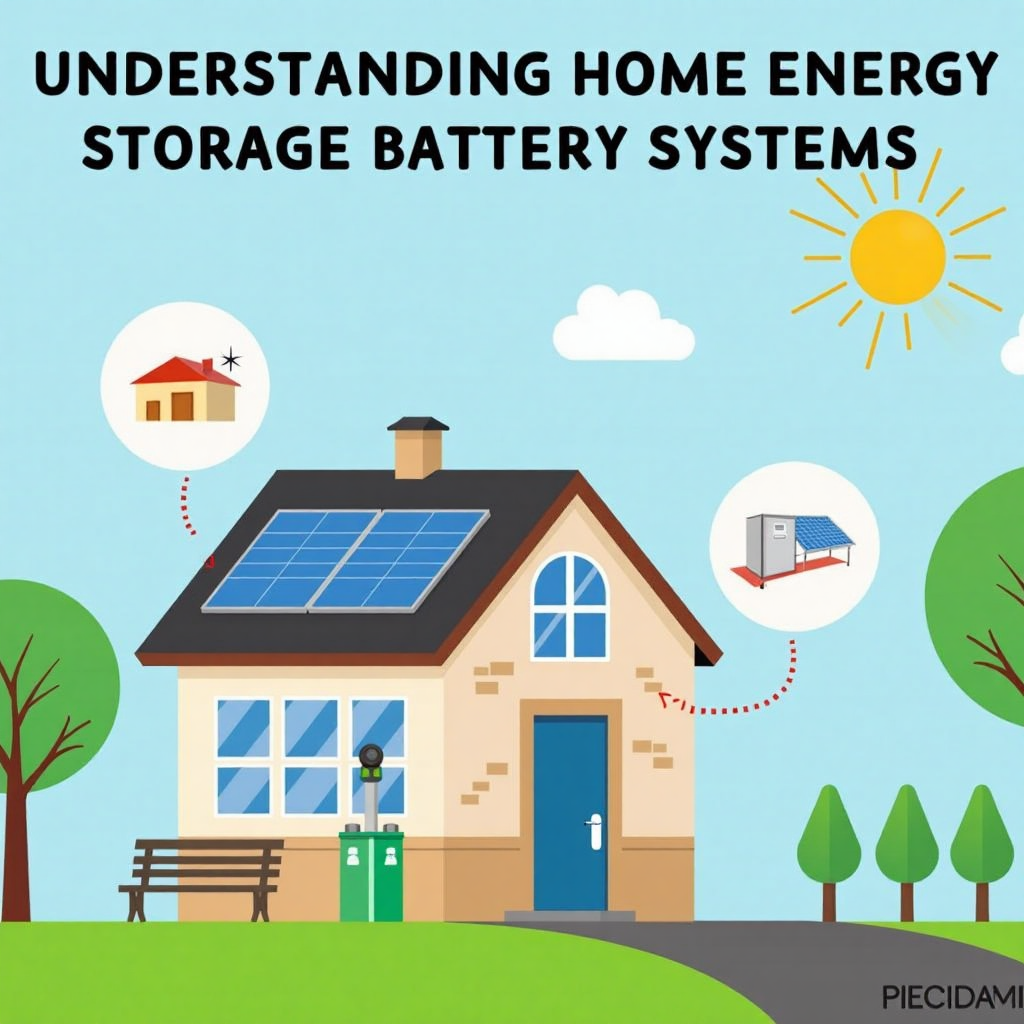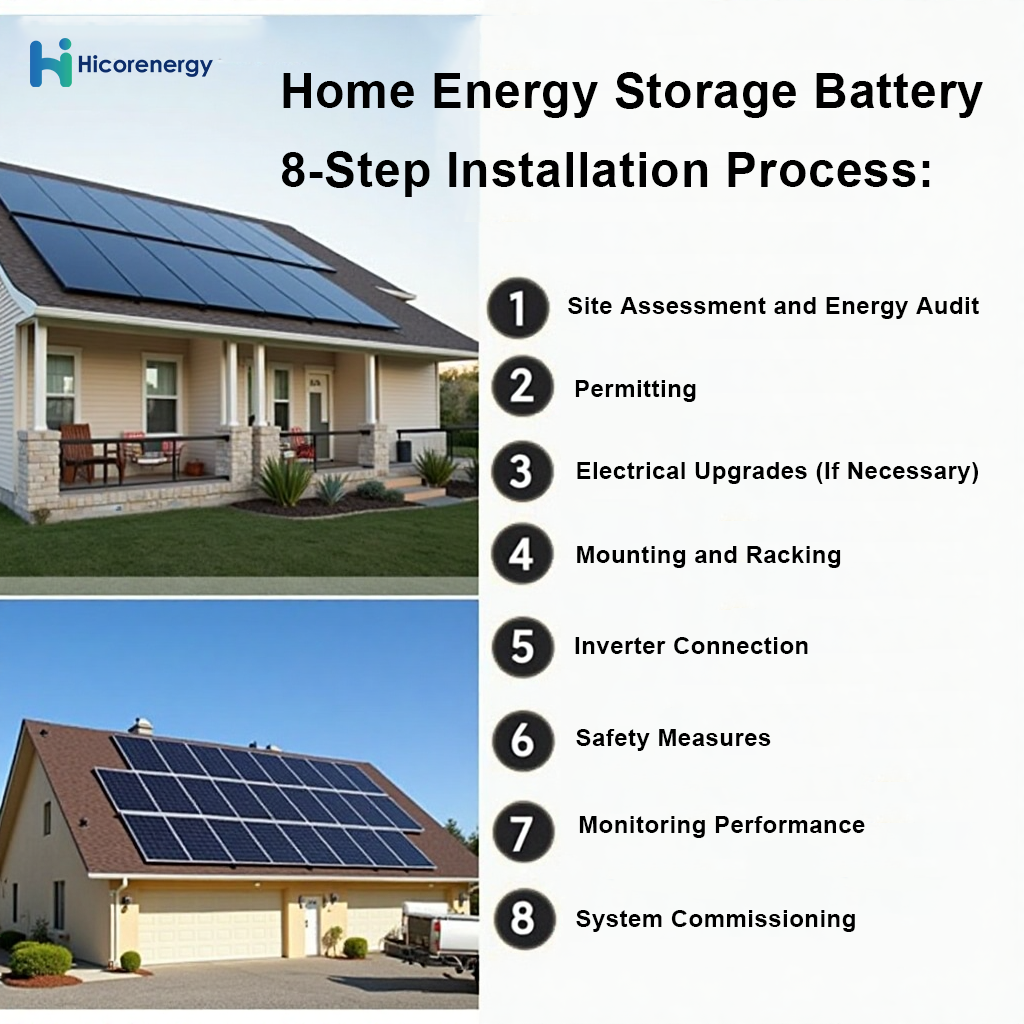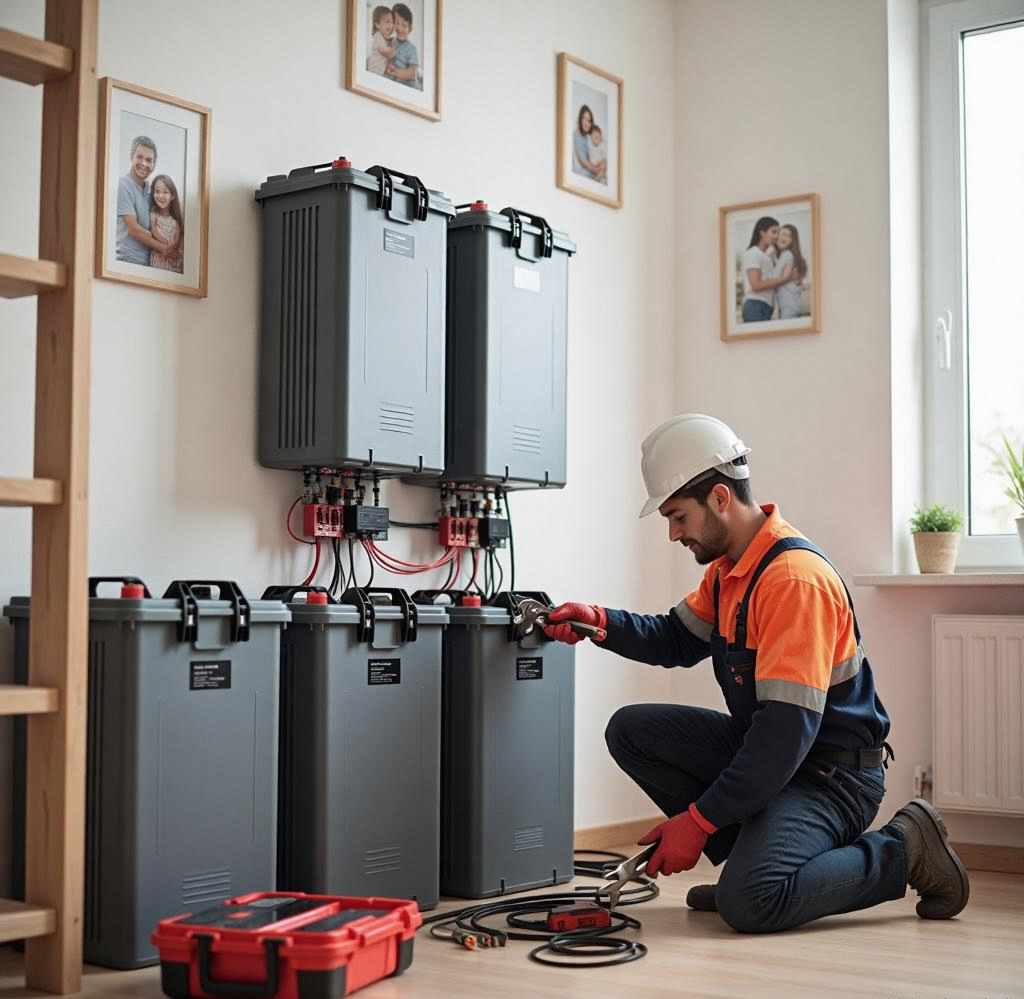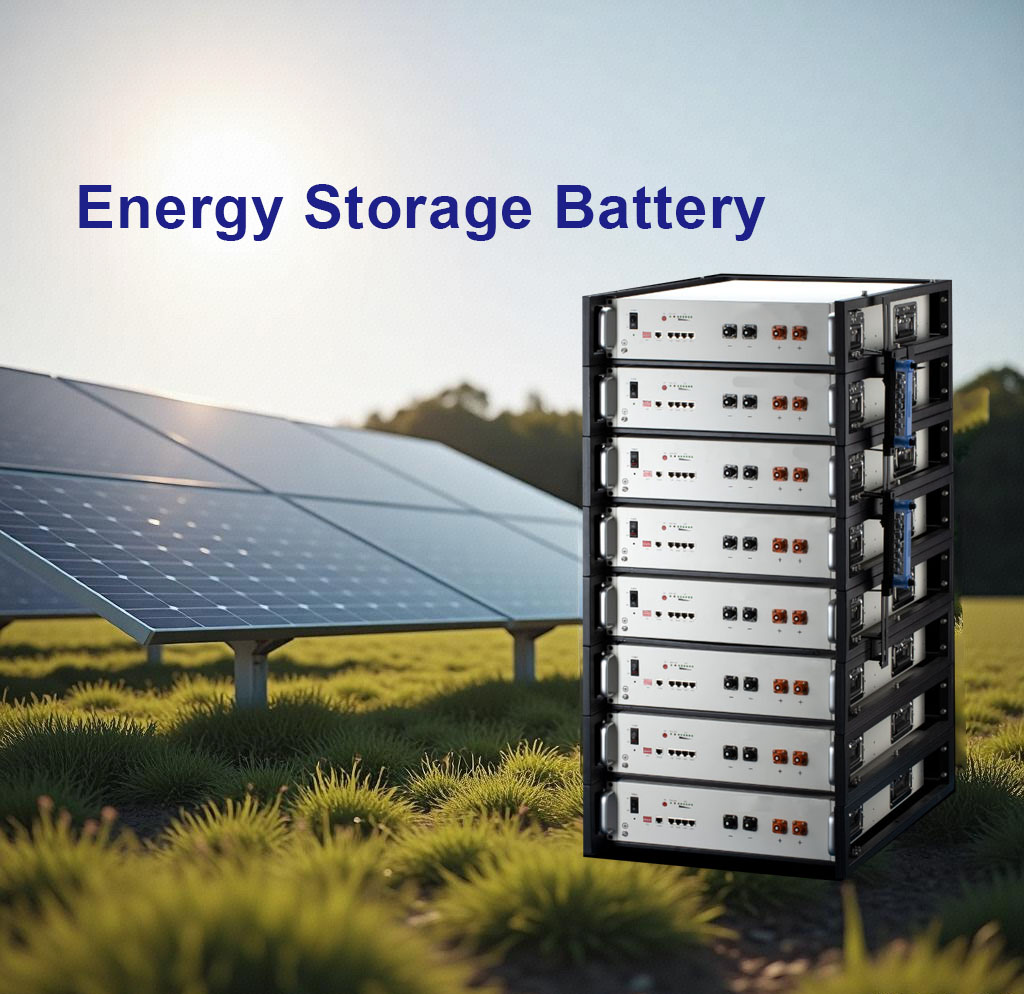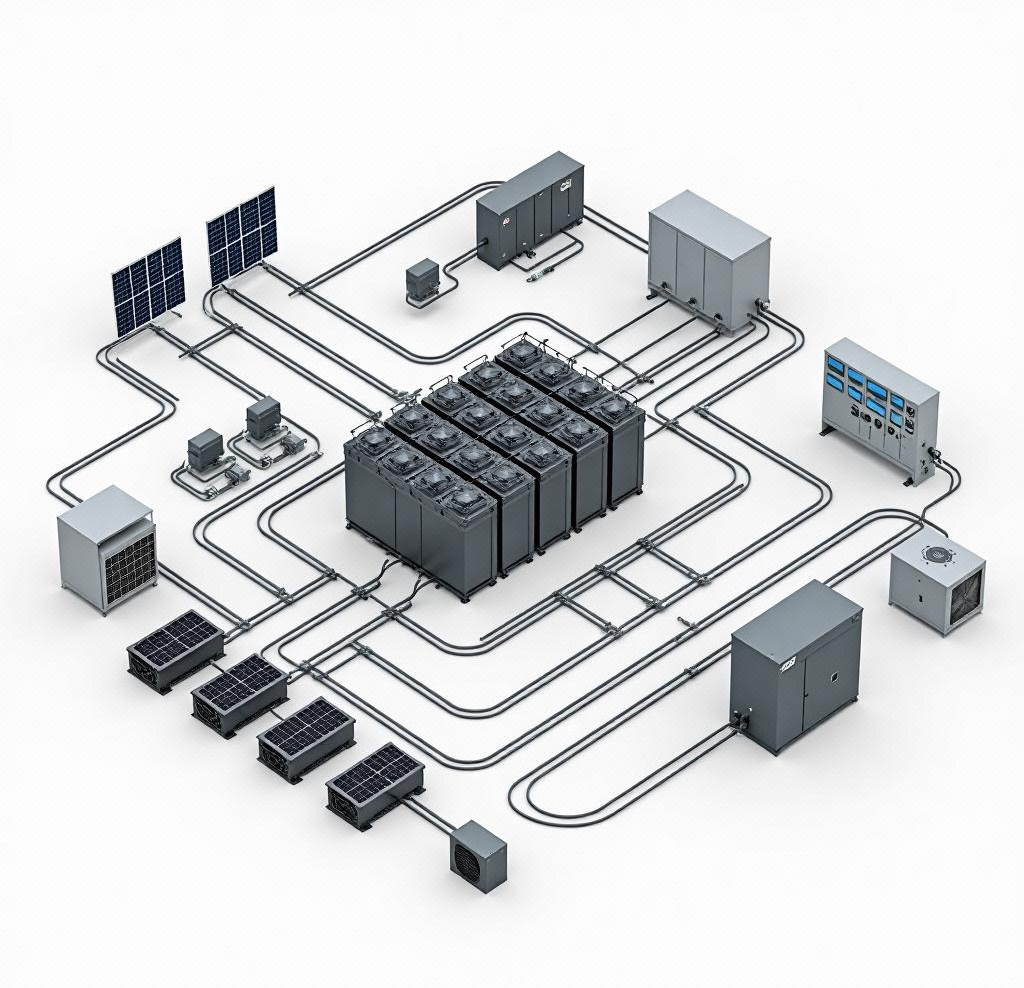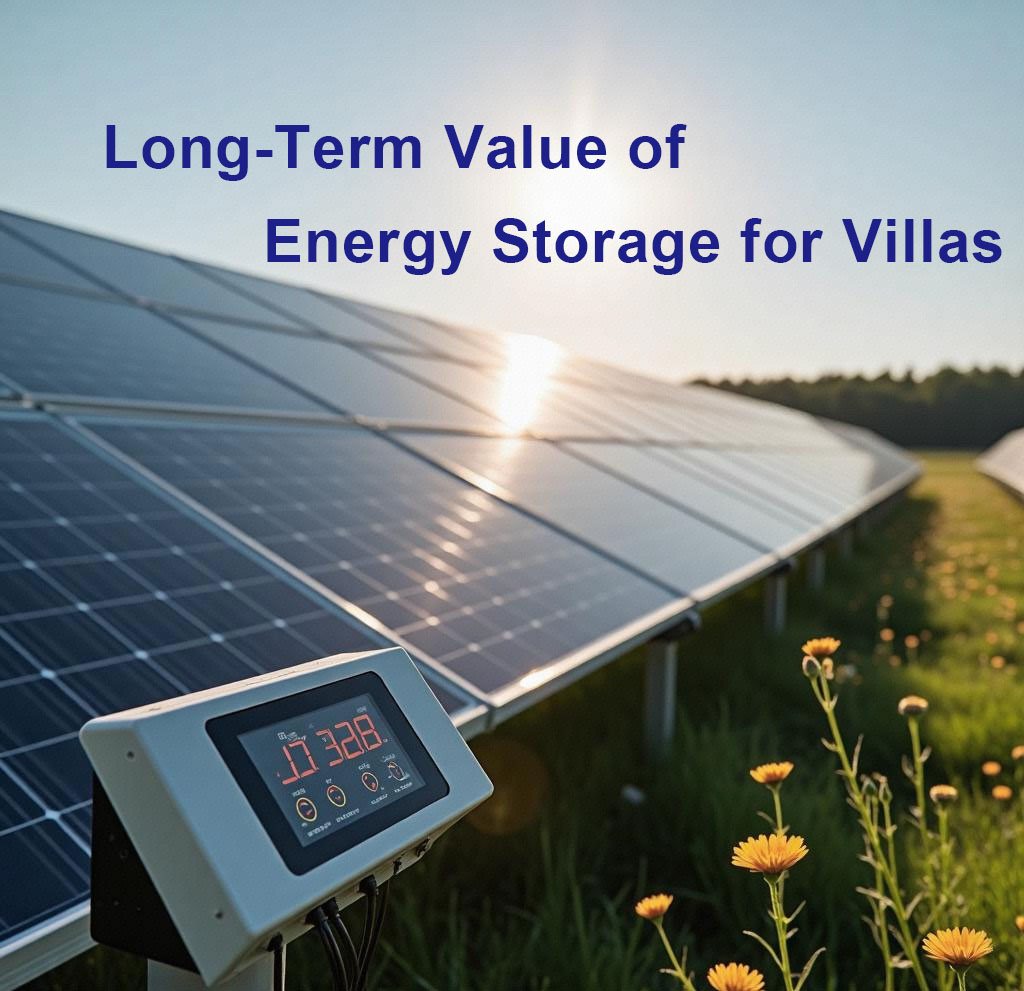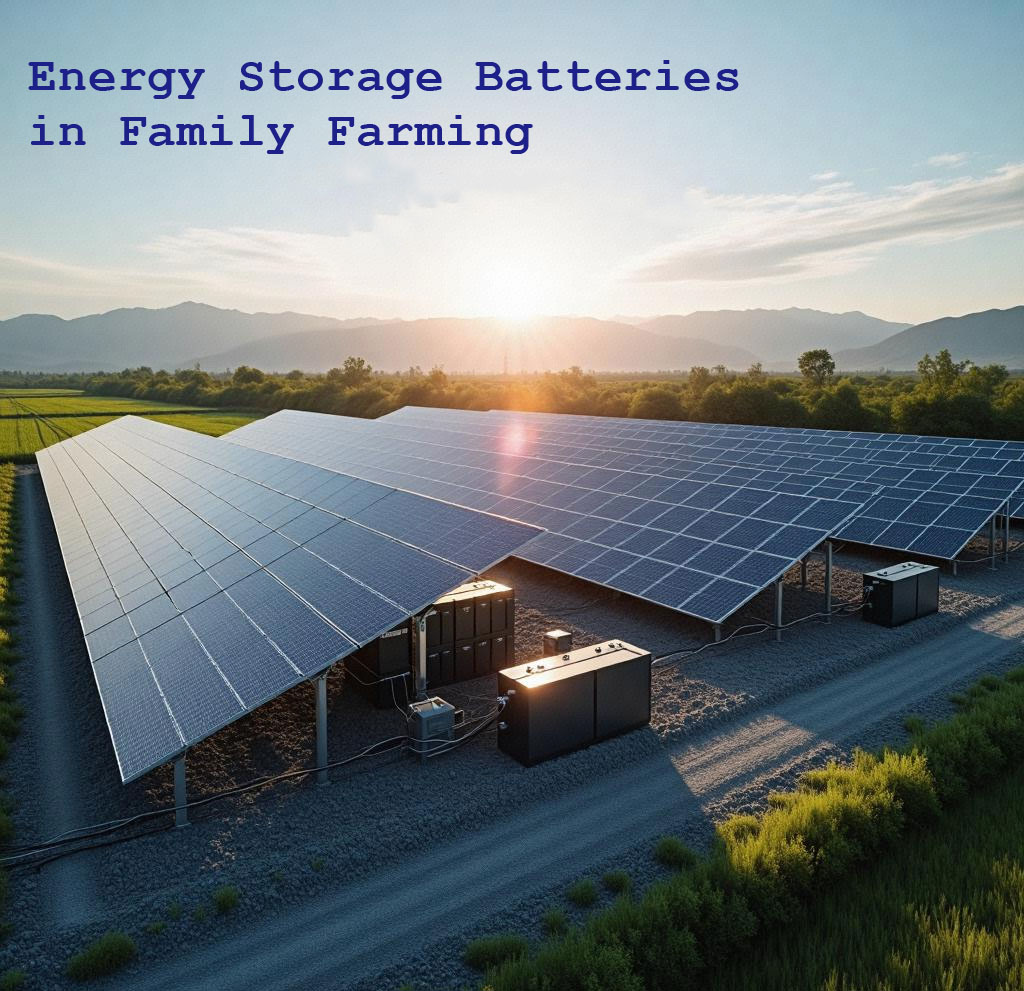Introduction to Scalable Energy Storage for Industries
Scalable energy storage enables industries to optimize power use, cut costs, and ensure continuity. With modular and expandable solutions, businesses gain unmatched flexibility and efficiency in energy management.
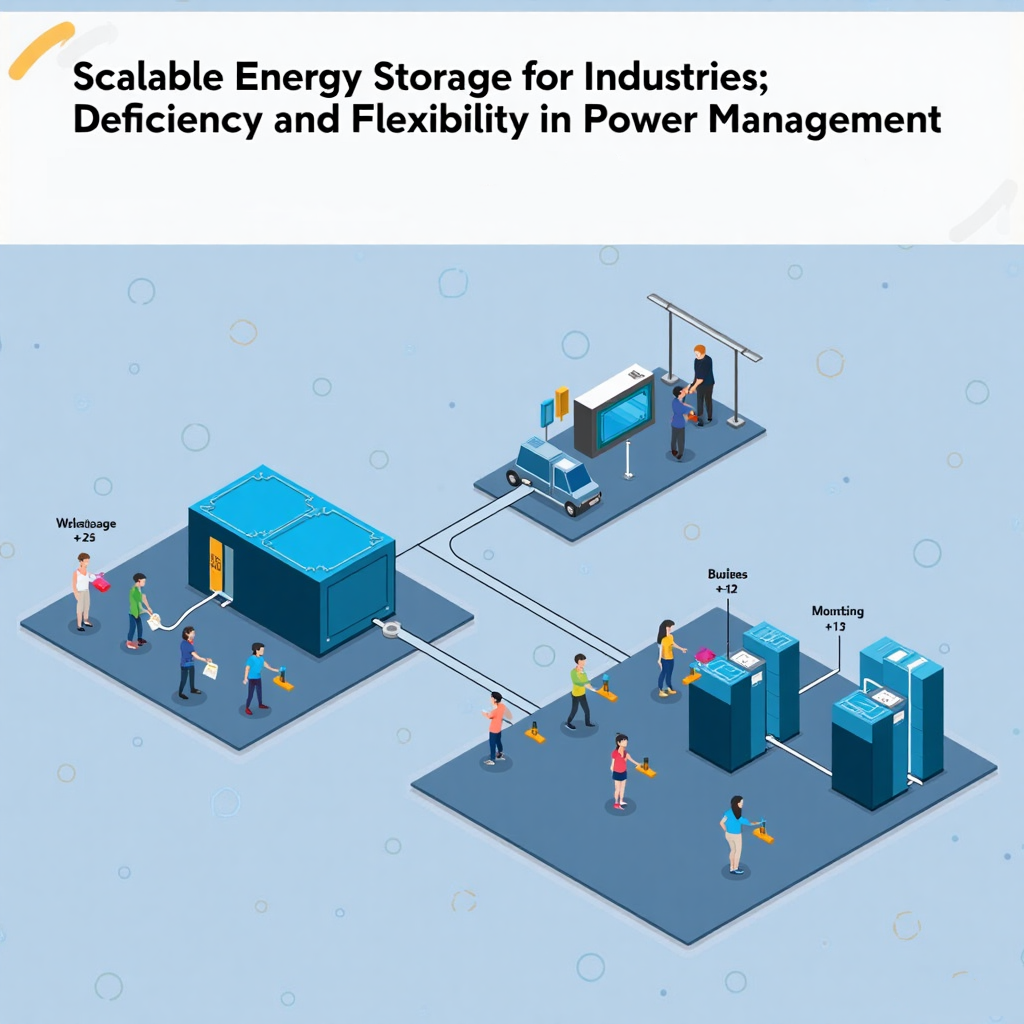
Why Scalability Matters in Industrial Energy Storage Systems
As industrial energy demands continue to grow with increasing automation, renewable integration, and electrification, the ability to scale energy storage systems becomes essential. Scalability in energy storage is not simply a feature—it’s a core requirement for ensuring long-term operational agility and efficiency. In today’s energy landscape, businesses are transitioning from traditional, rigid power systems to more adaptive and responsive models that support diverse and evolving energy loads.
Scalable energy storage systems allow facilities to adjust capacity as operational needs change. This modularity prevents overinvestment in oversized systems and eliminates the risks of underperformance during peak demand. Whether responding to growing production lines or integrating variable renewable energy sources, industries need energy storage solutions that grow with them.
In countries like Nigeria and Kenya, for instance, where power supply is often inconsistent, businesses depend on battery energy storage systems to bridge gaps and maintain productivity. Meanwhile, in colder climates like Sweden, systems must also be adaptable to environmental constraints. Across these varied conditions, scalability ensures that companies can right-size their systems over time without major reinvestment.
Industrial applications—from factories and data centers to commercial buildings and microgrids—benefit significantly from scalable energy storage technologies. The capacity to incrementally expand storage systems without operational disruptions gives enterprises a strong competitive edge. Moreover, scalable architectures also simplify maintenance, improve redundancy, and offer better lifecycle cost management.
In short, scalable energy storage addresses not just the operational but also the strategic challenges that industries face in managing power resources. It supports resilience, accommodates growth, and aligns energy investments with business needs.
Key Benefits of Scalable Energy Storage Solutions for Industries
Scalable energy storage solutions empower industries to grow without power limitations. These systems reduce reliance on unstable grids, improve cost efficiency, and ensure flexible expansion in response to evolving power needs. Businesses that invest in scalable solutions experience better operational control, sustainability, and long-term returns.
Types of Scalable Energy Storage Technologies
Industrial energy storage systems are no longer one-size-fits-all. They encompass various technologies, each with specific benefits for scalability, efficiency, and deployment versatility. The leading types of scalable energy storage technologies for industries include lithium-ion batteries, flow batteries, modular all-in-one systems, and hybrid solutions.
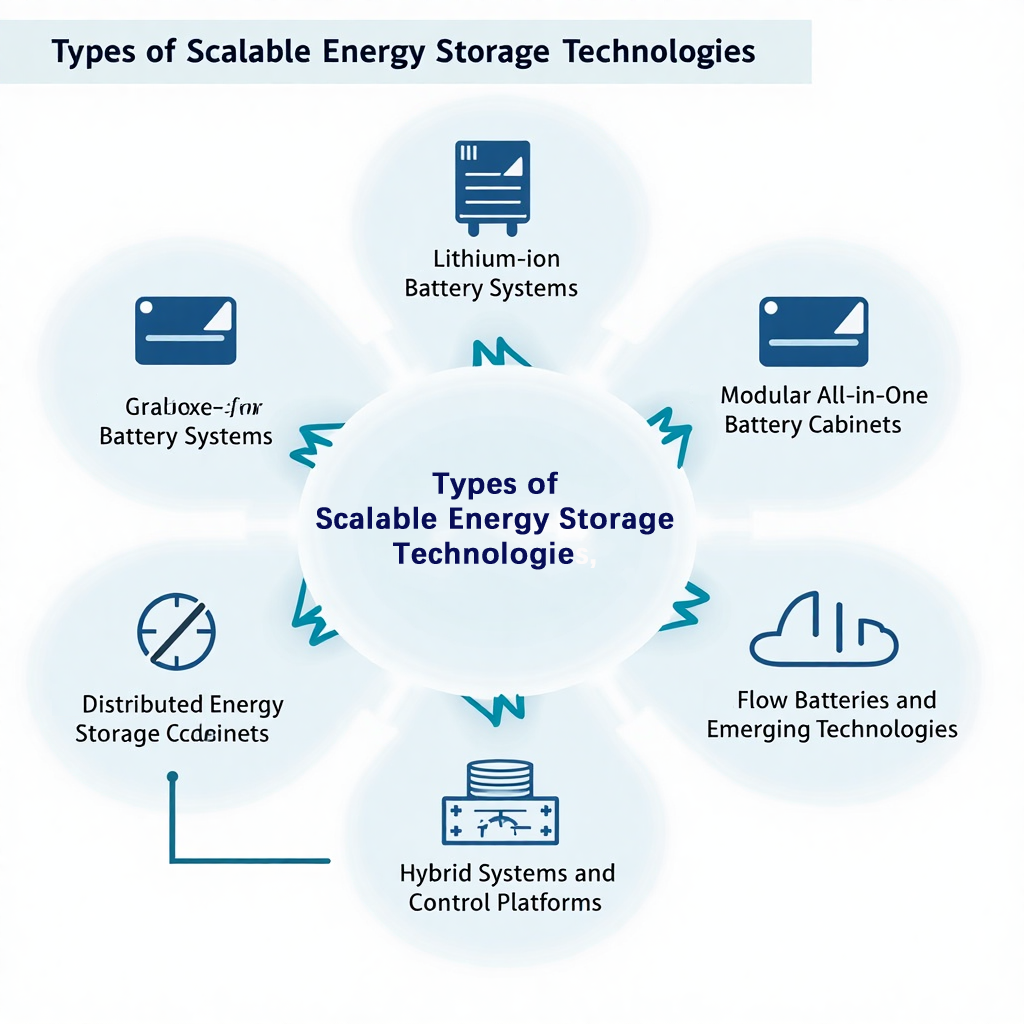
1. Lithium-ion Battery Systems
Lithium-ion (Li-ion) remains the dominant technology due to its high energy density, long cycle life, and declining costs. Systems like Hicorenergy’s Si LV1 and I-BOX 48100R exemplify modularity. The Si LV1 allows capacity expansion up to 122.88kWh via stacking modules, making it ideal for industries with space constraints. I-BOX 48100R, similarly, supports up to 491.52kWh through parallel connections. These configurations enable gradual scaling as demand increases, optimizing capital investment.
2. Modular All-in-One Battery Cabinets
Hicorenergy’s C&I-focused Si Station 186 and Si Station 230 feature air and liquid-cooled battery cabinets respectively. They are highly integrated, flexible, and scalable, with capacities of 186kWh and 230kWh per unit. Parallel installation allows seamless system enlargement without major reconfiguration. These all-in-one designs reduce installation complexity and ensure compatibility with both grid-tied and off-grid operations.
3. Distributed Energy Storage Systems
For distributed applications, Hicorenergy’s SHV48100 offers cabinet-based battery storage with intelligent control. It scales from 25.6kWh to 40.96kWh and allows up to eight units in series. These solutions are especially beneficial for buildings, factories, and EV charging stations where space and control integration are priorities.
4. Flow Batteries and Emerging Technologies
While still emerging in commercial settings, vanadium redox flow batteries (VRFBs) are gaining attention for long-duration applications. Their scalability lies in decoupling energy and power capacity, allowing independent scaling of each. However, these are yet to reach the cost competitiveness and deployment ease of lithium systems.
5. Hybrid Systems and Control Platforms
Scalable energy storage isn’t just about hardware. Software platforms enabling real-time monitoring, remote upgrades, and system integration—like those embedded in Hicorenergy’s smart monitoring units—enhance scalability by supporting multiple system configurations and adaptive energy strategies.
With these diverse technologies, industries can deploy energy storage systems that fit their unique needs today, and scale them tomorrow without structural overhauls.
How Scalable Energy Storage Supports Industrial Growth and Flexibility
Industrial growth often outpaces energy infrastructure development, especially in emerging markets. Power interruptions, demand surges, and unpredictable grid behavior can hamper operations. Scalable energy storage systems offer a sustainable way to match industrial growth with dependable energy support.
1. Load Matching and Peak Shaving
Industries face variable energy demands throughout the day and year. Scalable systems allow businesses to add capacity incrementally, ensuring they can handle peak loads without over-reliance on expensive grid electricity. This is especially vital for factories operating multiple shifts or expanding production lines.
2. Modular Expansion with Business Growth
With modular designs, companies avoid upfront investment in oversized systems. As operations grow, so does the storage—without needing full redesigns. Hicorenergy’s Si Station 230, for example, supports parallel installation to match rising power needs. This supports budgeting, operational flexibility, and better ROI.
3. Application Versatility
Scalable systems can be configured for diverse needs—backup power, load shifting, zero-export solutions, and virtual power plants. Hicorenergy’s products offer this versatility, ensuring that the same hardware supports multiple operational strategies over its lifetime.
4. Environmental and Policy Adaptation
Scalability also means systems can evolve with changing regulations or energy policies. Adding storage to meet new clean energy mandates or incentives becomes practical. Hicorenergy’s globally certified systems ensure easy integration across regions with varying standards.
5. Real-Time Monitoring and Upgrades
Industrial environments require constant uptime. With integrated monitoring and remote upgrades, systems can adapt to performance demands without physical intervention, improving reliability and reducing downtime.
In conclusion, scalable energy storage supports industrial growth by providing an energy infrastructure that evolves with the business, not against it.
Cost Considerations and ROI of Scalable Energy Storage for Industries
Scalable energy storage is often seen as an investment rather than a cost—and rightly so. However, understanding the cost structure and the expected return on investment (ROI) is essential for industries aiming to adopt such systems.
1. Upfront vs. Incremental Costing
A major advantage of scalable systems is the ability to start small. Companies can install a base unit, such as a 30kWh or 100kWh system, and add modules as needed. This phased approach reduces the burden of large upfront capital expenditures while aligning spending with actual demand growth.
2. Operational Savings
By enabling peak shaving and time-of-use energy strategies, these systems directly cut operational electricity costs. In regions with high energy tariffs or unreliable grids, such as many African and Southeast Asian nations, ROI can be realized within 3-5 years.
3. Maintenance and Lifecycle
Modern lithium battery systems like those offered by Hicorenergy feature minimal maintenance needs, high cycle lives (>6000 cycles), and extended warranties up to 20 years. These factors significantly reduce the total cost of ownership.
4. Incentives and Subsidies
Many governments offer incentives for clean energy adoption. Scalable systems allow companies to capitalize on these incentives gradually, depending on their expansion timeline and local policy shifts.
5. Value-Added Applications
Using storage for more than just backup—such as participation in demand response programs or grid services—further enhances ROI. Smart systems with monitoring and remote management maximize these benefits.
Overall, scalable energy storage delivers favorable economics, particularly when long-term energy independence and flexibility are business priorities.
Integrating Scalable Energy Storage with Renewable Energy Sources
Renewable energy sources like solar and wind are inherently variable. This unpredictability makes energy storage essential—and scalability vital.
1. Balancing Supply and Demand
Solar systems, for example, generate power mostly during the day, while industrial demand may peak at night. Scalable energy storage systems like Hicorenergy’s I-BOX 48100R and C5° bridge this gap, storing surplus generation and delivering power when needed.
2. Zero Export and Grid Compliance
In regions where grid export is restricted, scalable systems help businesses consume all the power they generate. Hicorenergy’s products are compatible with most inverters and can be programmed for zero-export modes.
3. Expansion Without Redesign
As companies expand their solar arrays, storage systems must scale accordingly. Modular systems support parallel expansion in tandem with generation upgrades, maintaining system balance and efficiency.
4. Microgrids and Off-Grid Applications
For remote industries and off-grid projects, scalable systems support the creation of reliable microgrids. Storage becomes the backbone of these networks, managing intermittency and ensuring consistent power.
5. Control and Monitoring
Integrated monitoring tools allow real-time insight into solar production, storage levels, and energy usage. This transparency improves energy management and enhances the benefits of renewable integration.
In essence, scalable energy storage is the key enabler of effective renewable energy use in industrial applications.
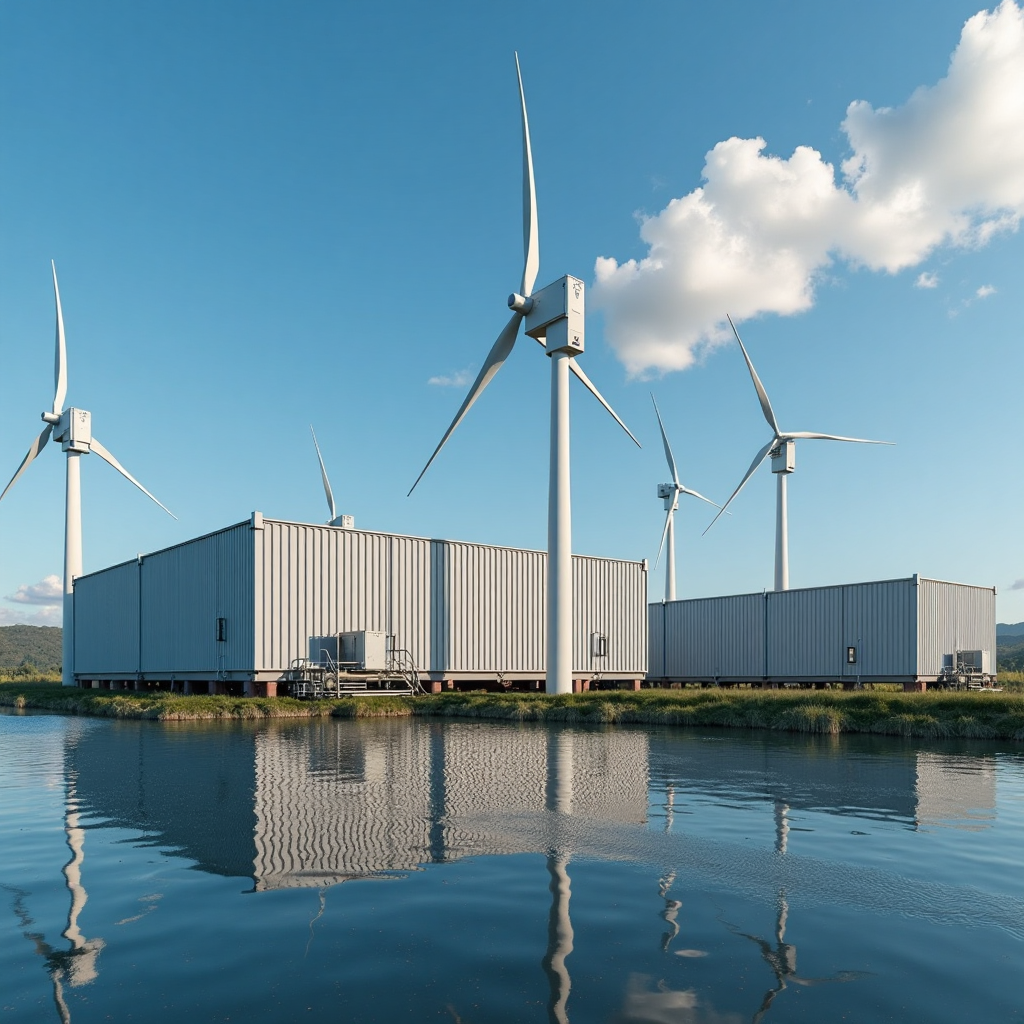
Challenges and Future Trends in Scalable Industrial Energy Storage
Despite its advantages, scalable industrial energy storage still faces challenges—from technological constraints to policy uncertainties.
1. Supply Chain and Material Costs
Raw material volatility, particularly for lithium and cobalt, affects pricing. Global disruptions can delay component availability, challenging project timelines. Companies like Hicorenergy mitigate this through diversified production bases in China, Vietnam, and Europe.
2. Temperature Sensitivity
Low temperatures can impair battery performance. Hicorenergy addresses this with smart thermal management systems in products like C5°, maintaining optimal battery temperatures and ensuring performance across environments.
3. Regulatory Complexity
Navigating certifications and safety approvals across countries is a hurdle. Hicorenergy’s globally certified products streamline this process, ensuring easier adoption and permitting.
4. Evolving Customer Needs
As energy strategies shift, demand for greater flexibility and intelligent controls rises. Future-ready products like Hicorenergy’s Si LV1 and Si Station 230 are equipped with remote management, scalability, and versatile application modes.
5. Innovation in Battery Technology
Advances in solid-state batteries, AI-based energy management, and hybrid storage models are shaping the future. Companies that innovate will lead, and Hicorenergy’s R&D-driven approach positions it at the forefront of this evolution.
Looking ahead, scalable energy storage will become smarter, more modular, and more integrated into industrial ecosystems.
Conclusion
To learn more about Hicorenergy’s scalable energy storage solutions, contact us at :
Email:service@hicorenergy.com
WhatsApp: +86 181-0666-0961.


